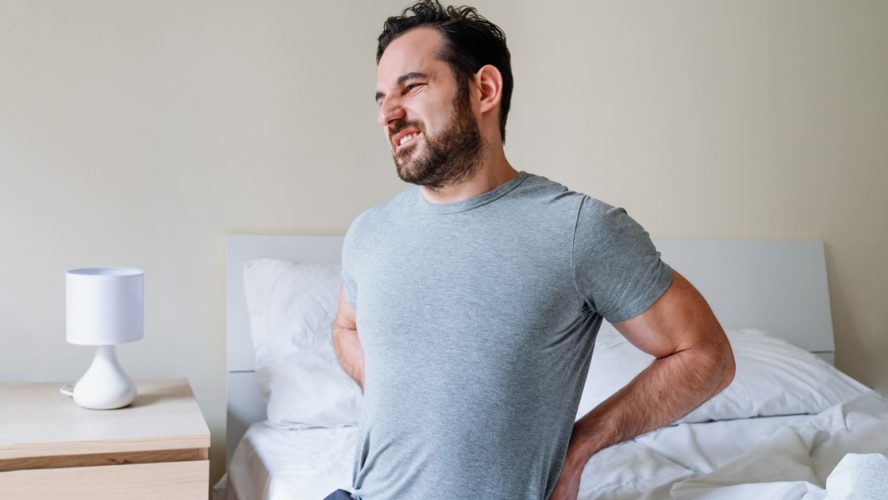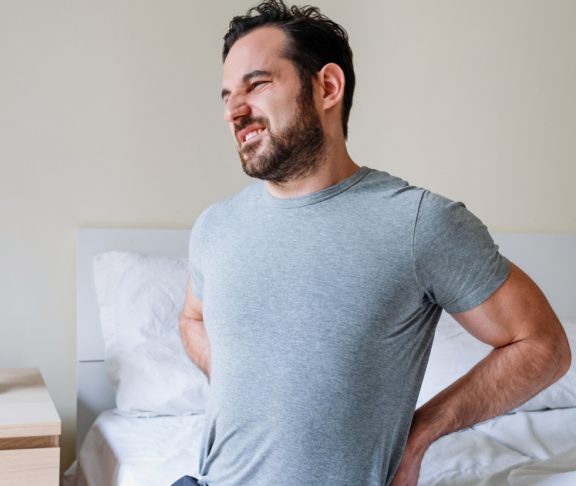
Mr Daron Smith, MA MD FRCS (Urol)
Consultant Endoluminal Endourologist. Chair of the Section of Endourology, British Association of Urological Surgeons
A diagnosis of kidney stones is becoming more common, with around 10% of the population thought to be at risk in their lifetime. With a 50% chance of recurrence, treatment decisions and lifestyle choices are key after diagnosis.
Most kidney stones present with some sort of symptoms, whether that’s severe pain in the loin or blood in the urine. Occasionally, there are no symptoms, but they can appear as an incidental finding on an ultrasound or CT scan performed to investigate a completely different problem.
Consultant Endoluminal Endourologist, Mr Daron Smith explains, “Turning 50 this year was somewhat offset by my knowledge that western Caucasian men aged 49 account for the peak age for kidney stone detection. While men of my age and background are statistically more likely to suffer from kidney stones, the truth is they can affect anyone of any age, largely due to a diet full of animal protein and a low output of urine.”
Available treatments
Current treatments include extra-corporeal shockwave lithotripsy (SWL), where energy generated outside the body is focused on the stone to fragment it, with the hope that the pieces will pass spontaneously in the urine. This is often the best option for stones under 10mm in the kidney or ureter.
A ureteroscopy/flexible ureterorenoscopy known as URS/FURS is a procedure where a small-calibre fibre-optic telescope is passed via the urethra and bladder as natural orifice surgery, so no incisions are needed. A laser then breaks down the stones at a high temperature.
Two techniques are used according to the patient and stone: “dusting”, generating pieces less than 1mm that will pass in the urine and “busting”, whereby fragments of around 3mm are created and sequentially removed using a specially designed basket.
Finally, a percutaneous nephrolithotomy (PCNL) can be used for stones of increasing size and complexity. Instead of using the ureter to access the kidney, a tract is created through the skin to allow larger stones of 20mm or more to be treated and removed.
These procedure have increasing risk from SWL to PCNL, including length of hospital stay and potential bleeding but recent advancements can help with a faster recovery.
While men of my age and background are statistically more likely to suffer from kidney stones, the truth is they can affect anyone of any age, largely due to a diet full of animal protein and a low output of urine.
High chance of recurrence
At the heart of this is the patient’s decision. One of the options is to simply do nothing. Mr Smith explains, “Observation is perfectly reasonable for a small stone in the kidney that is not causing any symptoms or signs of blockage on the scans. We apply the adage, ‘it is very difficult to make the asymptomatic patient feel better.’
“Treatments are like notes on a trumpet, you may need to use them in combination. This strategy is mainly due to the needs of the patient. Each stone is different and as technology advances, both lasers and instruments are becoming smaller so there are more options for the patients to choose from to suit their personal circumstances. It’s all down to them.”
However, with this condition comes a high chance of recurrence, as around 50% will have another episode in the next five or 10 years.
Mr Smith said, “The issue with this condition is the funding, there is not enough both for research and follow up for patients. If this was cancer and we told patients that half would be at risk once again, but we wouldn’t monitor it, there would be an uproar, particularly as infection in a kidney above a stone obstructing the ureter can make patients seriously unwell due to sepsis.”
Aftercare and prevention
Once a stone has formed and been removed, analysis is usually carried out on the biochemical composition helping to inform the patient around future steps.
This is mainly dietary advice, combined with recommending a high fluid intake to generate a daily urine output around two litres (or more in certain cases). There may also be the need for further scans to allow for pre-emptive treatment if needed.
Further details for these procedures and stone prevention advice can be found on the BAUS website: www.baus.org.uk/patients/conditions/kidney_stones


